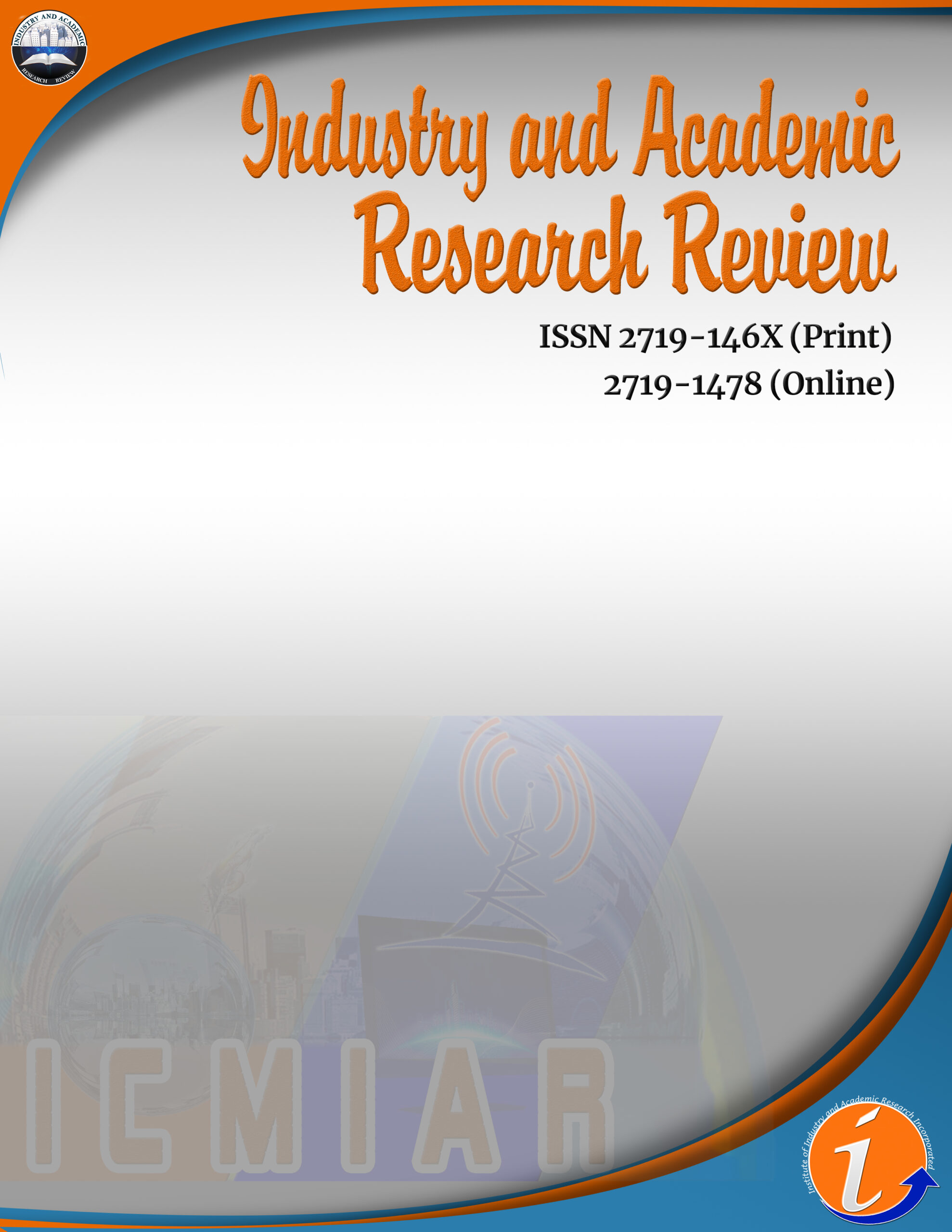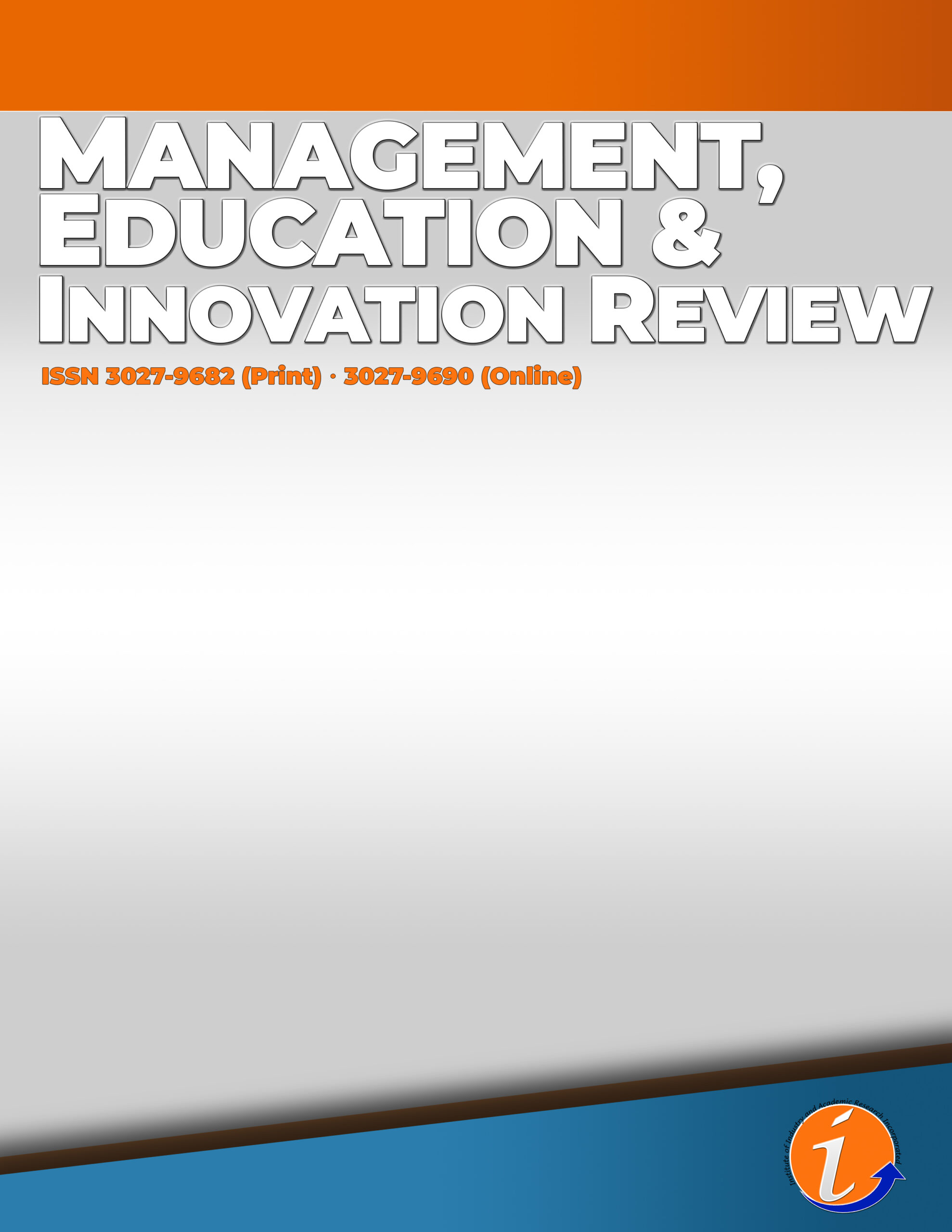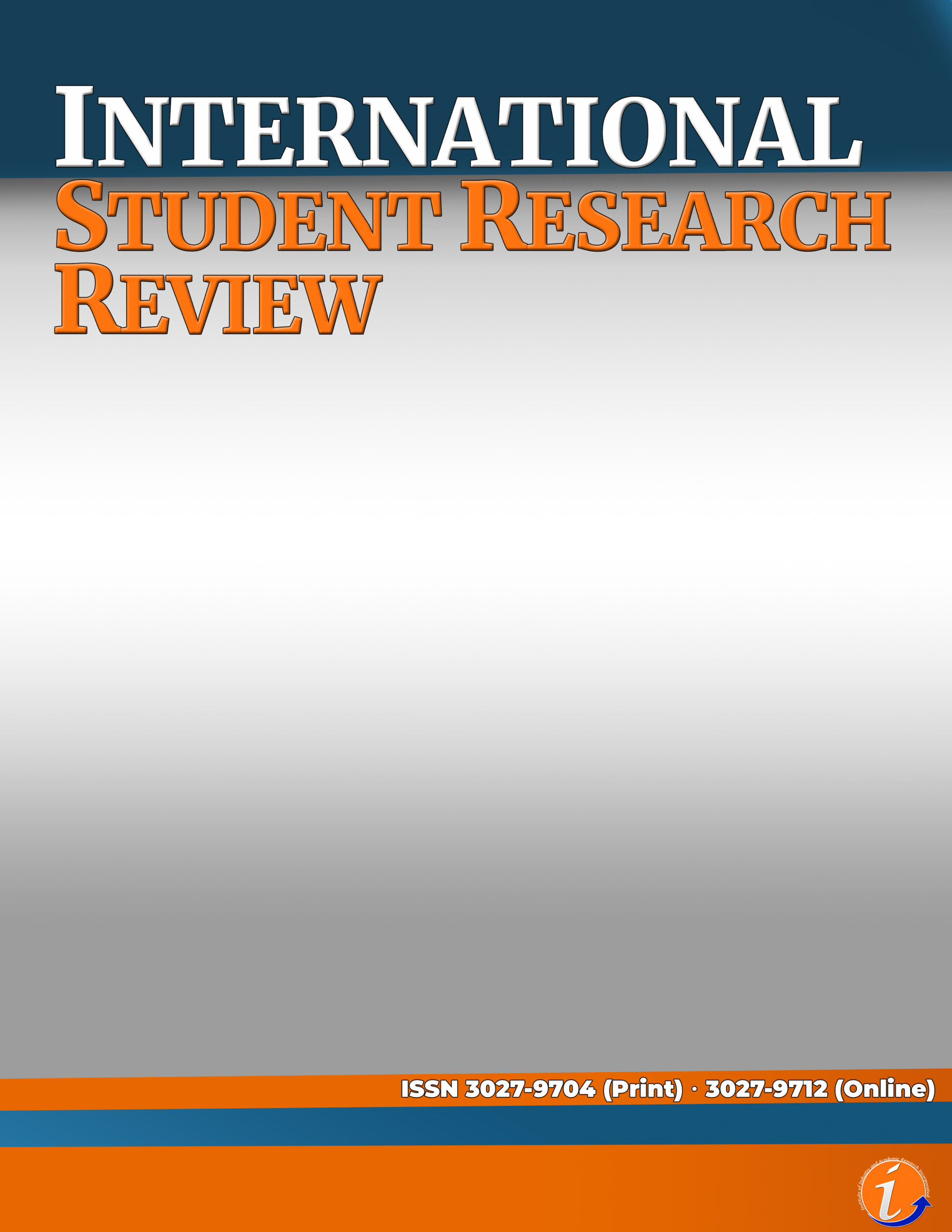This study delves into the dynamics of inter-agency coordination during public events within CityMall Kalibo, focusing on young adults aged 18-34, predominantly female, and encompassing various educational and occupational backgrounds among event management respondents. Employing a descriptive research design and quantitative approach, the study investigates the perceptions of respondents regarding factors influencing inter-agency coordination, including verbal and non-verbal communication, coordination, collaboration, cooperation, and resource allocation. Findings reveal that effective inter-agency coordination leads to positive outcomes such as increased profitability, work efficiency, and a therapeutic work environment during public events. Notably, there were no significant differences in the factors affecting coordination among respondents. The study underscores the pivotal role of inter-agency coordination in public event management, emphasizing its impact on event execution and organizational performance. The shared perception of its significance across different respondent groups reinforces its importance in facilitating successful event execution. This research, conducted in Poblacion, Kalibo, Aklan, sheds light on the intricate dynamics of inter-agency coordination, providing valuable insights for event management practitioners and policymakers alike.
inter-agency coordination, verbal and non-verbal communication, resources, profitability, and work environment
Kizyl Gay R. Reyes. Corresponding author. Master in Public Administration, Marketing Assistant, City Mall Kalibo. Email: reyeskizyl09@gmail.com
Antonia S. Escalona. Doctor of Education, Faculty-Graduate School, Northwestern Visayan Colleges
“All authors equally contributed to the conception, design, preparation, data gathering and analysis, and writing of the manuscript. All authors read and approved the final manuscript.”
No potential conflict of interest was reported by the author(s).
This work was not supported by any funding.
This paper is presented in 5th International Conference on Multidisciplinary Industry and Academic Research (ICMIAR)
Alafriz, C.A., Teng-Calleja, M., Hechanova, M.R.M., & Pesigan, I.J.A. (2014). A model for Filipino work team effectiveness. Philippine Journal of Psychology, 47(2), 99-124
Anastasi, A., & Urbina, S. (1997). Psychological testing. Prentice Hall/Pearson Education.
Ashkenas, R. (2015, April 20). There’s a difference between cooperation and collaboration. Harvard Business Review. https://hbr.org/2015/04/theres-a-difference-between-cooperation-and-collaboration
Avery, D. R., McKay, P. F., & Wilson, D. C. (2007). Engaging the aging workforce: The relationship between perceived age similarity, satisfaction with coworkers, and employee engagement. Journal of Applied Psychology, 92(6), 1542–1556. https://doi.org/10.1037/0021-9010.92.6.1542
Churgai, D. (2021, February 6). The influence of gender on communication style. LinkedIn. https://www.linkedin.com/pulse/ influence-gender-communication-style-debbie-churgai
Comfort, L. K., & Kapucu, N. (2006). Inter-organizational coordination in extreme events: The World Trade Center attacks, September 11, 2001. Natural Hazards, 39(2), 309–327. https://doi.org/10.1007/s11069-006-0030-x
Cruz, I. E. A. (2013, June 17). Confession of a call center agent: Better Relationships, less attrition. INQUIRER.net. https://business.inquirer.net/127399/confession-of-a-call-center-agent-better-relationships-less-attrition
Das, T.K. & Teng, B.S. (1998). Between trust and control: Developing confidence in partner cooperation in alliances. Academy of Management Review, 23(3), 491-512. https://doi.org/10.2307/259291
Dela Cruz, J.S. (2019). Local government personnel interpersonal competence and social skills. International Journal of Advanced Research, 7(July), 1027-1033.
Gabriel, A., Alcantara, G., & Alvarez, J. (2020). How do millennial managers lead older employees? The Philippine workplace experience. SAGE Open. 10, 215824402091465. https://doi.org/10.1177/2158244020914651
Gazley, B. (2017). The current state of interorganizational collaboration: Lessons for human service research and management. Human Service Organizations: Management, Leadership & Governance, 41(1),1-5. https://doi.org/10.1080/23303131
Gerwin, D. (2004). Coordinating new product development in strategic alliances. Academy of Management Review, 29(2), 241-257. https://doi.org/10.2307/20159031
Geue, P. E. (2018). Positive practices in the workplace: Impact on team climate, work engagement, and task performance. The Journal of Applied Behavioral Science, 54(3), 272–301. https://doi.org/10.1177/0021886318773459
GGI Insights. (2023, November 11). Verbal communication: The power of using words effectively. Gray Group International. https://www.graygroupintl.com/blog/verbal-communication
Gulati, R., Wohlgezogen, F., & Zhelyazkov, P. (2012). The two facets of collaboration: Cooperation and coordination in strategic alliances. Academy of Management Annals, 6(1), 531-583. https://doi.org/10.1080/19416520.2012.691646
Hall, R. H., Clark J. P., Giordano P. C., Johnson P. V., & Van Roekel M. (1977). Patterns of interorganizational relationships. Administrative Science Quarterly, 22(3) 457-474. https://doi.org/10.2307/2392183
Hardy, C., Phillips, N., & Lawrence, T. (2003). Resources, knowledge and influence: The organizational effects of interorganizational collaboration. Journal of Management Studies, 40(2) 321-347. https://doi.org/10.1111/1467-6486.00342
Hardy, C., Lawrence, T. B., & Grant, D. (2005). Discourse and collaboration: The role of conversations and collective identity. Academy of Management Review, 30(1) 58-77.
Hayes, J. (1991, October 3). Interpersonal skills: Goal directed behaviour at work. Taylor & Francis. https://doi.org/10.4324/9780203136003
Hoetker, G., & Mellewigt, T. (2009). Choice and performance of governance mechanisms: Matching alliance governance to asset type. Strategic Management Journal, 30(10), 1025-1044. https://doi.org/10.1002/smj.775
Huxham, C., & Hibbert, P. (2008). Manifested attitudes: Intricacies of inter-partner learning in collaboration. Journal of Management Studies, 45(3), 502-529. https://doi.org/10.1111/j.1467-6486.2007.00754.x
James, J. (2019, September 10). How to improve interpersonal relationships in the workplace. AnthroDesk. Retrieved December 8, 2022, from https://www.anthrodesk.ca/blogs/anthrodesk/how-to-improve-interpersonal-relationships-in-the-workplace
Jimenez, P., & Dunkl, A. (2017, January 3). The buffering effect of workplace resources on the relationship between the areas of Worklife and Burnout. Frontiers, 8, 12. https://doi.org/10.3389/fpsyg.2017.00012
Jung, M.-H. (2018, June 15). Effects of organizational and interpersonal relations on job satisfaction of social workers. Korea Science, 9(6), 25-35. http://dx.doi.org/10.13106/ijidb.2018.vol9.no6.25
Lao, J. O. (n.d.). An integrative action research paper (IAR) on improving interpersonal relationships among employees of ABC Furniture Store. Animo Repository. https://animorepository.dlsu.edu.ph/etd_masteral/6192/
Lowe, G. S., Schellenberg, G., & Shannon, H. S. (2003). Correlates of employees’ perceptions of a healthy work environment. American Journal of Health Promotion, 17(6), 390-399. https://doi.org/10.4278/0890-1171-17.6.390
Mastroianni, K., & Storberg-Walker, J. (2014, January 1). Do work relationships matter? characteristics of workplace interactions that enhance or detract from employee perceptions of well-being and health behaviors. Health psychology and behavioral medicine, 2(1), 798-819. https://doi.org/10.1080/21642850.2014.933343
Mohammad, T. & Khassawneh, O. (2022). The impact of humor on work efficiency at the workplace: An empirical examination in tourism and hospitality sector in the United Arab Emirates. Journal of Business Strategy Finance and Management, 4(1), 91-110. http://dx.doi.org/10.12944/JBSFM.04.01.08
Nappo, N. (2020). Job stress and interpersonal relationships cross country evidence from the EU15: A Correlation Analysis – BMC Public Health, 20, 1143. https://doi.org/10.1186/s12889-020-09253-9
Okhuysen, G. A., Bechky B. A. (2009). Coordination in organizations: An integrative perspective. Academy of Management Annals, 3: 463-502. https://doi.org/10.1080/19416520903047533
Okoro, E., Washington, M., & Thomas, O. (2017). The impact of interpersonal communication skills on organizational effectiveness and social self-efficacy: A Synthesis. International Journal of Language & Linguistics, 4(3), 28-32.
Oliveira, N., & Lumineau, F. (2017). How coordination trajectories influence the performance of interorganizational project networks. Organization Science, 28: 1029-1060. https://doi.org/10.1287/orsc.2017.1151
Payne, H. J. (2005). Reconceptualizing social skills in organizations: Exploring the relationship between communication competence, job performance, and supervisory roles. Journal of Leadership & Organizational Studies, 11(2), 63–77. https://doi.org/10.1177/107179190501100207
Pearce, R. J. (2001). Looking inside the joint venture to help understand the link between inter-parent cooperation and performance. Journal of Management Studies, 38: 557-582. https://doi.org/10.1111/1467-6486.00249
Schroder, R. (2008). Job satisfaction of employees at a Christian university. Journal of Research on Christian Education, 17(2), 225-246. https://doi.org/10.1080/10656210802433467
Rosales, R. (2015). Energizing social interactions at work: An exploration of relationships that generate employee and organizational thriving. Open Journal of Social Sciences, 4, 1-10. https://doi.org/10.4236/jss.2016.49004
Salvato, C., Reuer, J., & Battigalli P. (2017). Cooperation across disciplines: A multilevel perspective on cooperative behavior in governing interfirm relations. Academy of Management Annals, 11(1), 960-1004. https://doi.org/10.5465/annals.2014.0001
Saraih, U. & Amlus, M.H. (2019). Understanding the effects of interpersonal communication and task design on job performance among employees in the manufacturing company. Humanities & Social Sciences Reviews, 7, 448-453. https://doi.org/10.18510/hssr.2019.7550
Smith, M. (2024, January 11). Nonverbal communication and body language. HelpGuide.org. https://www.helpguide.org/articles/relationships-communication/nonverbal-communication.htm
Szostek, D. 2019. The impact of the quality of interpersonal relationships between employees on counterproductive work behavior: A study of employees in Poland. Sustainability, 21, 5916. https://doi.org/10.3390/su11215916
Thompson, P. S., Bergeron, D. M., & Bolino, M. C. (2020). No obligation? How gender influences the relationship between perceived organizational support and organizational citizenship behavior. Journal of Applied Psychology, 105(11), 1338–1350. https://doi.org/10.1037/apl0000481
Yodsampa, A. S. (2013). Coordinating for Results: Lessons from a Case Study of Interagency Coordination in Afghanistan. IBM Center for The Business of Government. https://www.businessofgovernment.org/
Cite this article:
Reyes, K.G.R. & Escalona, A.S. (2024). Inter-agency coordination during public events in City Mall Kalibo, Aklan. Industry and Academic Research Review, 5(1), 120-127. https://doi.org/10.53378/iarr.924.124
License:
![]()
This work is licensed under a Creative Commons Attribution (CC BY 4.0) International License.













